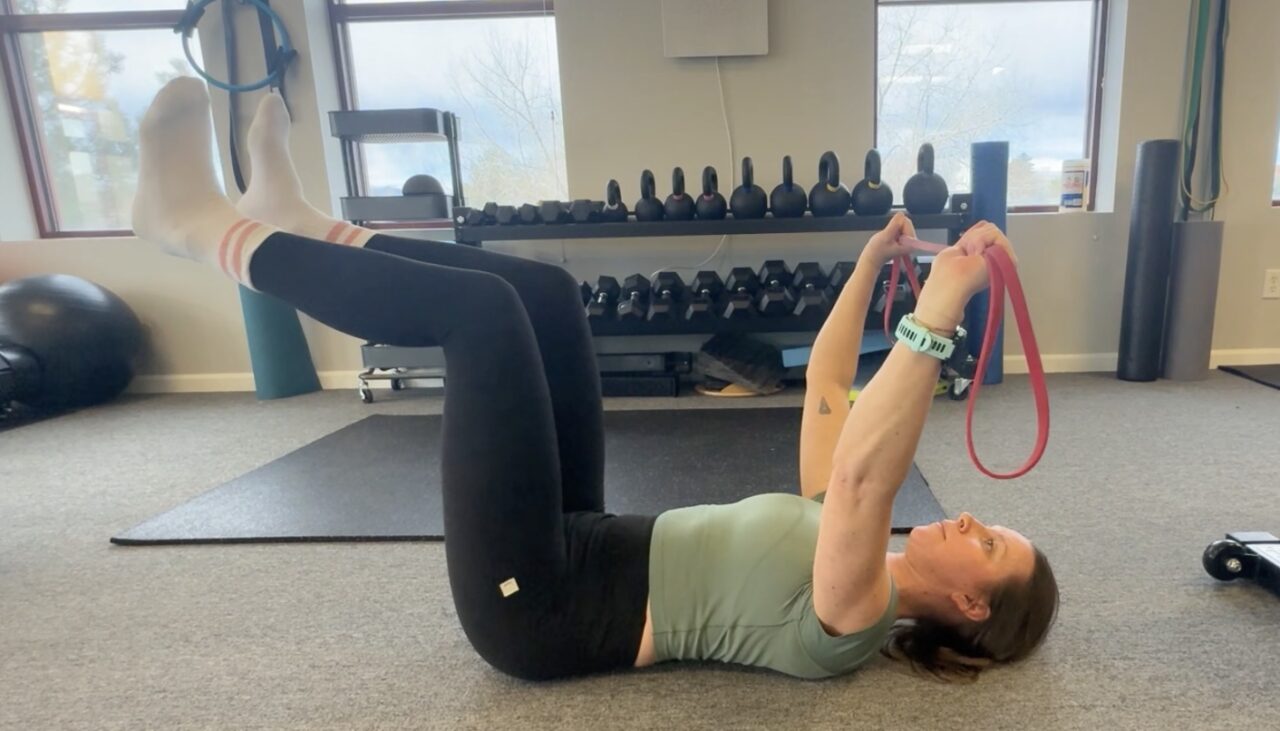If you’ve ever been told to “strengthen your core” but still struggle with abdominal pressure, bloating, pelvic heaviness, or urinary leakage, it’s possible that traditional core exercises are missing the mark. That’s because one of the most important muscles in your core is one you can’t see, but when trained correctly, this muscle can transform how your body regulates pressure, movement, and breath. Introducing the transversus abdominis (TrA).
Let’s explore why TrA activation is vital especially for those with abdomino-phrenic dyssynergia (APD) or upper abdominal dominance and why rib mobility might just be the missing link in your pelvic floor recovery.
What Is the Transversus Abdominis (TrA)?
The TrA is the deepest layer of abdominal muscle, wrapping around your torso like a corset. Unlike superficial “six-pack” muscles like the rectus abdominis, the TrA acts to stabilize your spine, pelvis, and ribs. Most importantly, it plays a key role in intra-abdominal pressure (IAP) regulation and coordination with the diaphragm and pelvic floor.
When working well, the TrA:
- Activates preemptively before movement to stabilize the core
- Coordinates with the diaphragm and pelvic floor for pressure regulation
- Supports lumbar spine stability and pelvic alignment
- Enhances breath efficiency and core timing
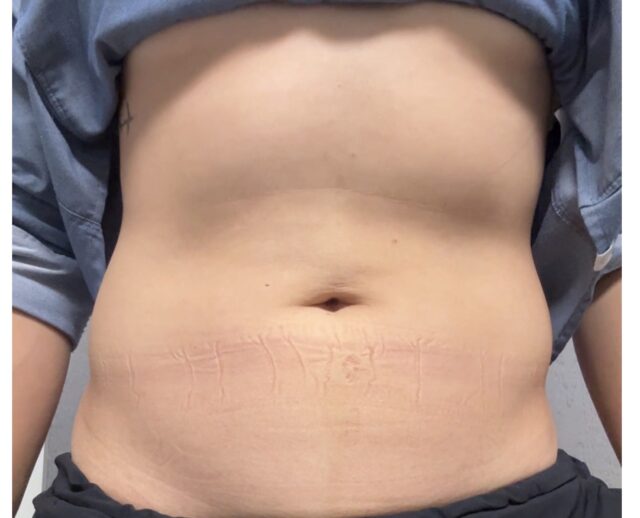
When Things Go Sideways: APD and Upper Abdominal Dominance
Abdomino-Phrenic Dyssynergia (APD) is a condition where the diaphragm and abdominal muscles fail to coordinate effectively. People with APD often experience:
- Chronic upper abdominal bloating or distention
- Breath-holding or chest-dominant breathing
- Increased abdominal pressure with exertion
- Over-recruitment of upper abdominal muscles (like rectus abdominis) aka upper abdominal gripping
This overuse of the upper abs a pattern known as “upper abdominal dominance” or “upper abdominal gripping” can suppress TrA engagement and limit the diaphragm’s ability to descend and coordinate with the pelvic floor.
A 2020 study by Lo et al. in the American Journal of Gastroenterology found that patients with APD demonstrated poor abdominal wall coordination and impaired diaphragmatic motion compared to healthy controls. This highlights the need for neuromuscular retraining not just strengthening.
Why TrA Activation Is Crucial for Core Rehab
Targeted TrA training has been shown to improve:
- Pelvic floor muscle function (Sapsford et al., 2001; Neumann & Gill, 2002)
- Spinal stabilization and motor control (Richardson et al., 1999)
- Pressure regulation in people with incontinence and back pain (Hodges & Richardson, 1996)
These studies emphasize the timing of TrA contraction how the muscle activates just before movement as more important than brute strength. In other words, coordination beats clenching.
“Failed Pelvic Floor?” Look Up … Not Just Down
If you’ve been doing all the pelvic floor exercises and still feel stuck, it may not be a pelvic floor failure but rather a top-down problem. That’s where rib mobility comes in.
Your rib cage, diaphragm, and pelvic floor all work together in a pressure system. If your ribs are stiff, flared, or locked down, the diaphragm can’t descend effectively, and the pelvic floor is left to absorb the pressure alone.
Think of your core like a pressure balloon: If the top (rib cage and diaphragm) is tight or poorly coordinated, the bottom (pelvic floor) may become overloaded.
A study by Janssens et al. (2013) in Manual Therapy found that impaired thoracic mobility significantly alters diaphragm excursion and trunk stability, reinforcing the need to look beyond the pelvic floor itself.
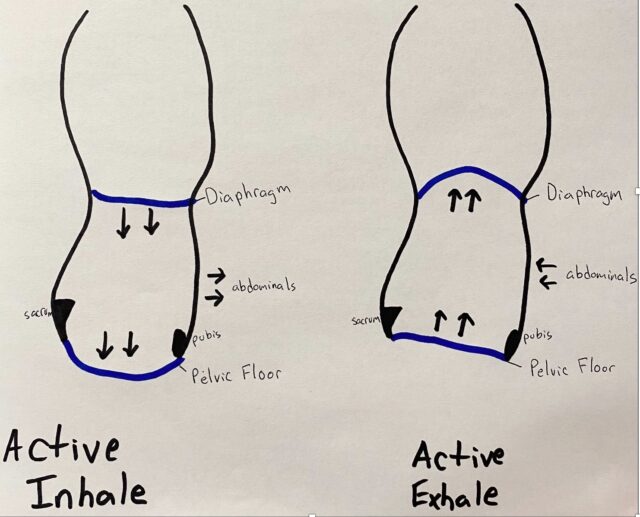
Reconnecting with Your Deep Core: How to Activate the TrA
Here’s a simple cue set that research and clinical experience both support:
Low-Level TrA Activation Exercise (Supine)
- Position: Lie on your back, knees bent, feet flat.
- Cue 1: “Gently draw your lower belly inward—like zipping up a low-rise zipper.”
- Cue 2: “Imagine your hip bones pulling together.”
- Cue 3 (for breathers): “Exhale like you’re fogging a mirror as you draw the belly in.”
- Hold 5–10 seconds while continuing to breathe normally. Avoid gripping the upper abs, glutes, or holding your breath.
Pro tip: Place your fingers just inside your front pelvic bones to feel a gentle tightening not bulging or pushing.

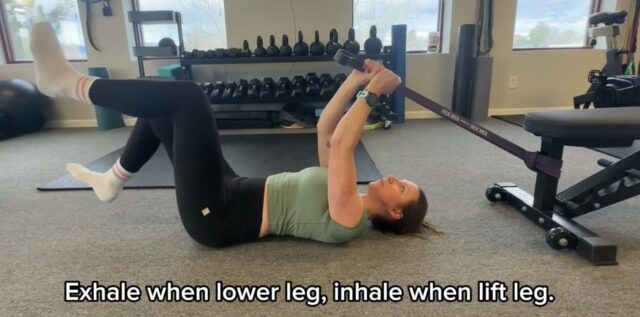
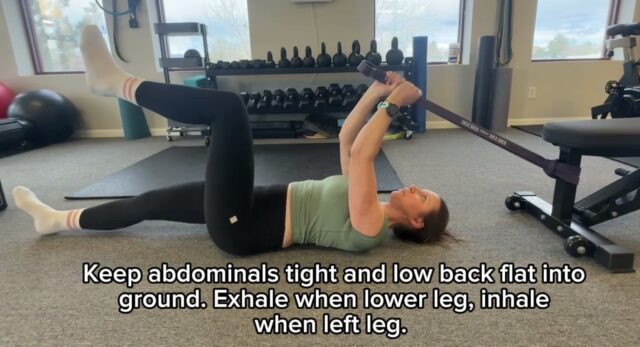
Clinical Takeaways
- Start with awareness, not intensity. The goal is timing, not tension.
- Coordinate TrA with the breath to allow the diaphragm to descend and pelvic floor to respond.
- Incorporate rib mobility techniques (e.g., thoracic extension, rib rotations) to support core-pelvic coordination.
- Integrate into function—once baseline TrA activation is reliable, train it in sitting, standing, and movement.
Final Thoughts
Whether you’re managing symptoms of APD, addressing leakage, or trying to reconnect to your core postpartum, TrA activation is a foundational skill that deserves your attention. By re-training your deep core and restoring rib-pelvic-diaphragm coordination, you’re not just getting stronger you’re becoming more efficient, integrated, and resilient.
Before blaming your pelvic floor check your breath, check your ribs, and reconnect with your deep core. Reach out to one of our pelvic health physical therapists to get started on your personalized plan! Schedule here in either our Boulder or Lafayette locations today!
References
- Hodges PW, Richardson CA. Contraction of the abdominal muscles associated with movement of the lower limb. Physical Therapy. 1997.
- Sapsford R, Hodges P, Richardson C, Cooper D, Markwell S, Jull G. Co-activation of the abdominal and pelvic floor muscles during voluntary exercises. Neurourology and Urodynamics. 2001.
- Lo WK, et al. Abdomino-phrenic dyssynergia: A mechanism of bloating and distension in functional gastrointestinal disorders. AJG, 2020.
- Janssens L, et al. Effects of thoracic spinal manipulation on respiratory function and chest wall mobility in healthy individuals: A systematic review. Manual Therapy. 2013.
- Neumann P, Gill V. Pelvic floor and abdominal muscle interaction: EMG activity and intra-abdominal pressure. Int Urogynecol J. 2002.
- Richardson CA, Hodges PW, Hides JA. Therapeutic Exercise for Lumbopelvic Stabilization: A Motor Control Approach for the Treatment and Prevention of Low Back Pain. Churchill Livingstone, 1999.

